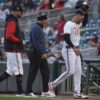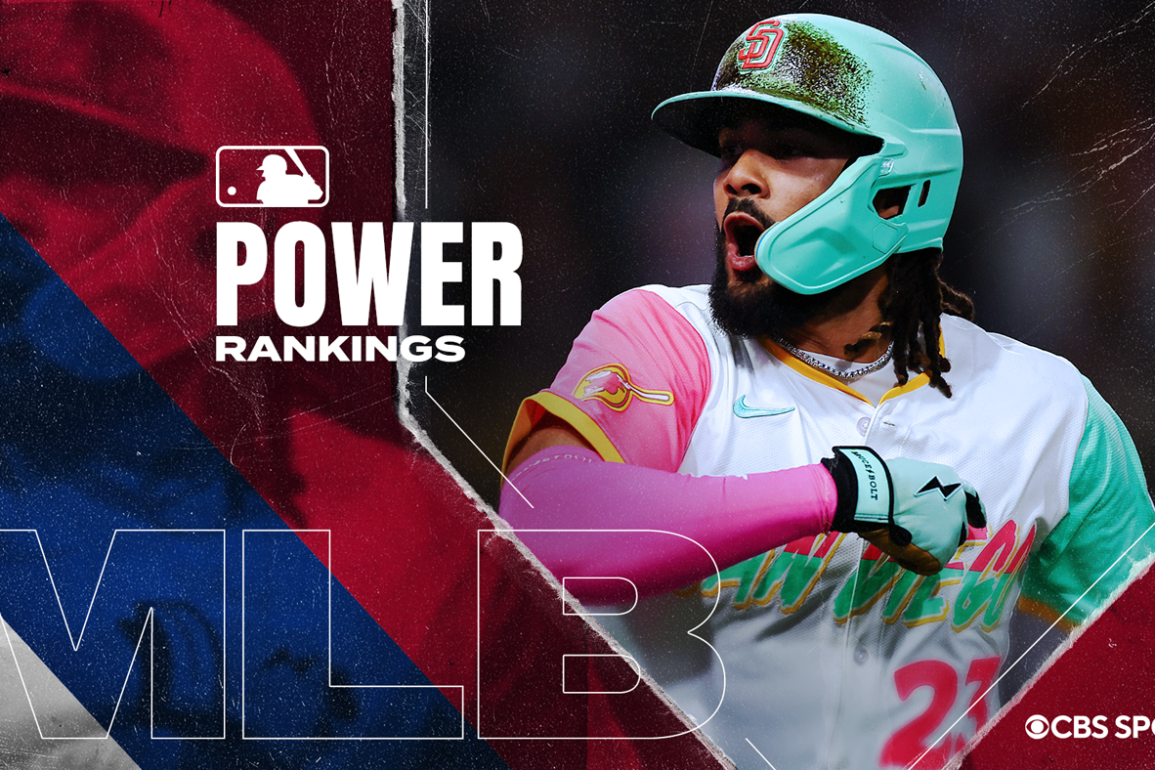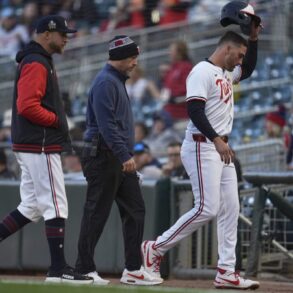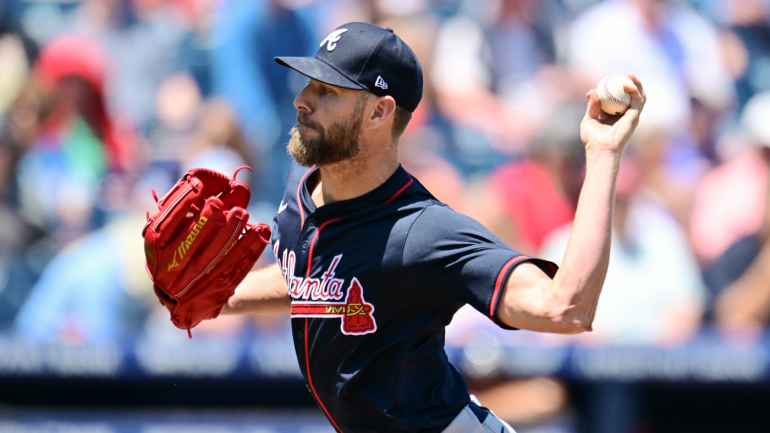
Chris Sale, the National League’s reigning Cy Young Award winner, turned in another so-so start on Sunday in the Atlanta Braves‘ loss to the Tampa Bay Rays. He coughed up four runs (three of them earned) on six hits and three walks across 4 ⅓ innings. The Braves lost by an 8-3 final, dropping them to 4-11 and reaffirming their status as one of the majors’ most disappointing clubs.
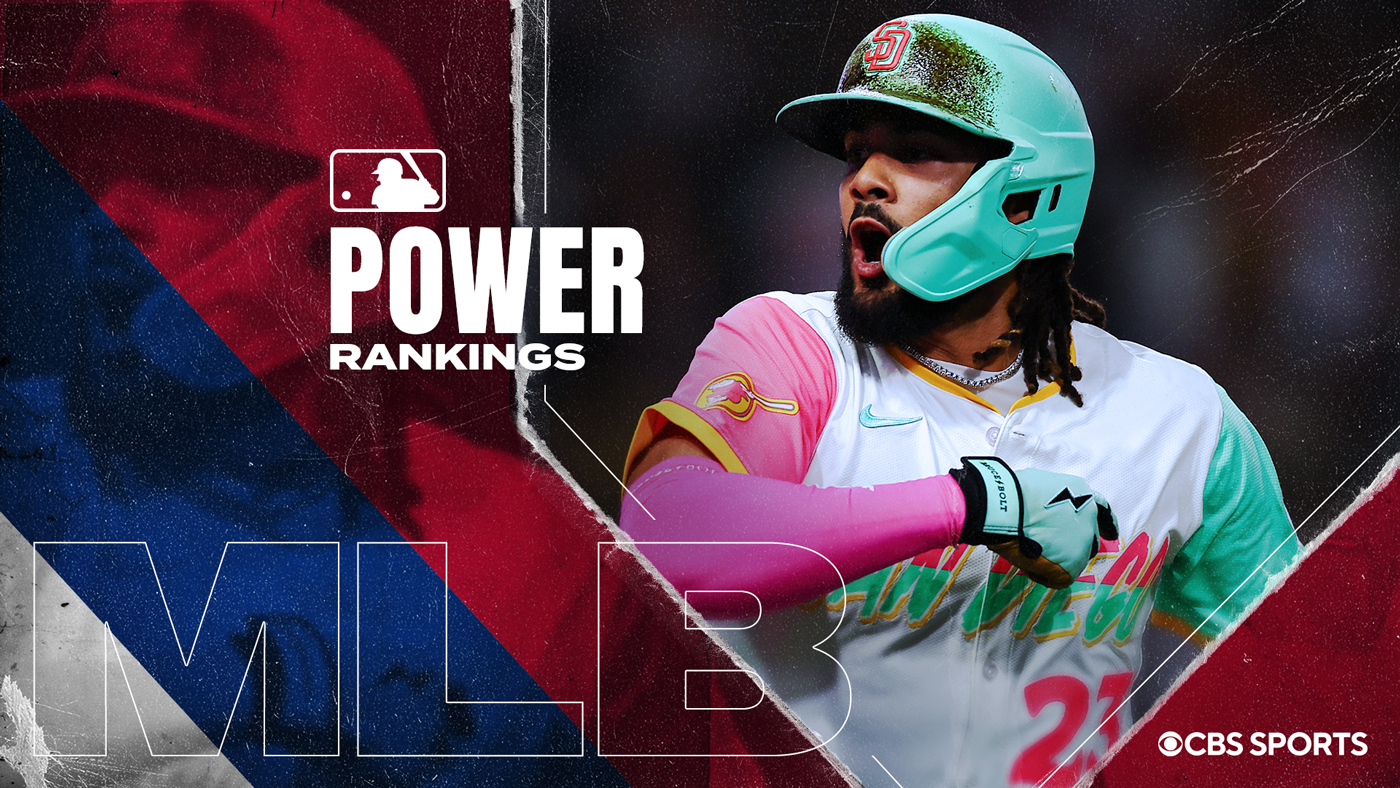
Sale deserves his share of the blame for Atlanta’s season-opening slump: he’s now surrendered 14 runs on 25 hits across 19 innings. What’s more is that Sale has averaged a 43 Game Score across his first four starts. For comparison’s sake, he had just one start (in 29 attempts) last year where he posted a Game Score below 43.
“I don’t know if I’ve ever been this frustrated, honestly,” Sale told reporters, including MLB.com, after Sunday’s outing. “I feel like I’m banging my [freaking] head against the wall right now, and I’m getting nothing out of it.”
It’s no exaggeration to label this one of the worst stretches of Sale’s illustrious career. To be precise: it’s the ninth-worst four-game span of his career as judged by average Game Score, according to Stathead. Additionally, it’s his third worst of the last five years. While Sale is unlikely to take solace in knowing he’s recovered from darker nights, a deeper dive into his game reveals that there is ample reason to believe he’ll get things worked out.
Let’s break it down.
1. Stuff remains good despite velocity loss
One of Sunday’s most notable developments had Sale sitting around 96 mph on his four-seam fastball. He had previously averaged 93 mph (or thereabout) in two of his first three starts this season. Put it all together and Sale’s seasonal fastball velocity is now 94.1 mph, or 0.8 ticks beneath where he was in 2024. He’s also generating less vertical break on the four-seamer — perhaps because his arm angle has dropped a few degrees, causing him to play more horizontally.
It’s tempting to assume those declines have left Sale with a compromised arsenal, yet that may not actually be the case.
Baseball Prospectus houses a pitch-grading model called StuffPro. Essentially, it analyzes the innate traits of an offering — like velocity and vertical and horizontal breaks — and spits out a number that indicates how good (or bad) the pitch is based solely on those attributes. Here’s how Sale’s arsenal stacks up this year versus last year (note that negative numbers are better):
| Pitch type | 2024 StuffPro | 2025 StuffPro |
|---|---|---|
|
Fastball |
-0.1 |
0 |
|
Slider |
-1.4 |
-1.5 |
|
Changeup |
0.4 |
0.2 |
|
Sinker |
0 |
-2.4 |
There’s no sense falling victim to false precision. Still, those numbers are all pretty similar, with three of the four offerings grading better this year than they did last. That includes Sale’s signature slider, the offering that he’s been deploying as his primary pitch so far in 2025.
Of course, a lot of people will look at the disparity between Sale’s results and the above marks and conclude that StuffPro is a pointless metric. Don’t make that mistake, either. It’s fair to wonder where the disconnect comes into play — there’s a reason this article contains multiple subheadings — but past research indicates that StuffPro is a more accurate predictor of future ERA than past ERA, FIP, and a slew of other metrics that tend to get trotted out in these situations.
With that in mind, let’s move forward.
2. Control is promising, too
Generally, it’s fair to assume that a pitcher displaying good stuff but returning bad results might be dealing with location issues. That doesn’t appear to be the case with Sale.
To date, Sale has generated six strikeouts for every walk, a better rate than the one he recorded last season (5.77). He’s thrown 68.7% of his pitches for strikes, which would represent the highest percentage of his career should he sustain it for the entire season. Sale is also locating his pitches down more than he did last season, albeit by only a few percentage points here and there — this isn’t an example of a pitcher having his offerings bleed middle-middle, either.
Every location metric, then, points toward Sale being on par or better than before. Although the topline results surely don’t indicate as much, some of the advanced measures do: his 30.3% whiff rate is comparable to last year’s 31%; and his 41.5% chase rate beats last year’s 33.3% mark.
If all you had access to was the data above, you would think Sale was having another phenomenal start to the season. So, why isn’t he?
3. Quality of contact not as bad as it seems
If it’s not innate stuff, pitch location, or even the ability to generate whiffs and chases … then what is causing Sale to scuffle in the early going?
The difference, at least the quantifiable one, seems to be captured in Sale’s quality of contact.
Anyone who pays attention to the daily happenings in baseball will have seen that tidbit recently about Philadelphia Phillies slugger Kyle Schwarber notching the highest exit velocity ever recorded against Sale (116.7 mph). Add in Fernando Tatis Jr.’s 112 mph near-homer on Opening Day and it’s true that Sale has yielded some missiles. Those memorable moments aside, Sale hasn’t been serving up batting practice out there. Take a look:
| Season | Average exit velocity | 95 mph+% | Launch angle | Barrel% |
|---|---|---|---|---|
|
2024 |
86.5 mph |
31.4% |
9 degrees |
14.5% |
|
2025 |
89 mph |
35.1% |
15.9 degrees |
17.5% |
The three takeaways here are as follows. Foremost, Sale is allowing harder contact on average than last season; two, he’s allowing more contact in the air — despite his locations being similar to 2024 — suggesting that batters are finding it easier to lift his offerings; and yet, three, he’s probably been unlucky on balls in play, inflating his ERA to an unfortunate degree.
Need evidence on that last point? Let’s reprint part of the above table, only this time comparing Sale’s marks this season with the league-average rates for qualified starting pitchers:
| Split | Average exit velocity | 95 mph+% | Launch angle | Barrel% |
|---|---|---|---|---|
|
Sale |
89 mph |
35.1% |
15.9 degrees |
17.5% |
|
Average SP |
89.6 mph |
41.5% |
12.1 degrees |
18.9% |
This shows that Sale’s quality of contact looks worse compared to his Cy Young-winning season, but that his outputs look fine (or better) when compared to the pitcher populus as a whole.
If you’re more into anecdotal evidence, consider a single from Sunday’s game, when Sale jammed Christopher Morel with a sinker … but gave up a hit and a run anyway on weak contact. Or when Coco Montes dumped a slider that missed “good” into right field for another weak, run-scoring hit. Or how about when José Caballero went down and tapped a slider into center field for yet another weak hit.
You get the point, and it’s notable that three such incidents were readily available in a single start.
None of this is to suggest Sale has only been the victim of bad luck, nor is it to guarantee he’s going to return to the form that allowed him to win the Cy Young Award last season. What it does mean is that there’s plenty of quantifiable reason to think that he’s going to be fine over the long haul. Once that assertion comes to fruition, it won’t be the first time he vindicates such analysis.
This post was originally published on this site be sure to check out more of their content.


